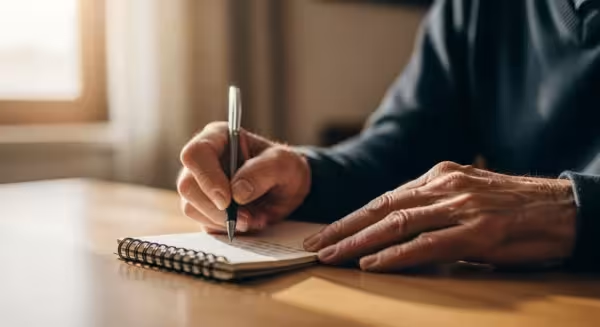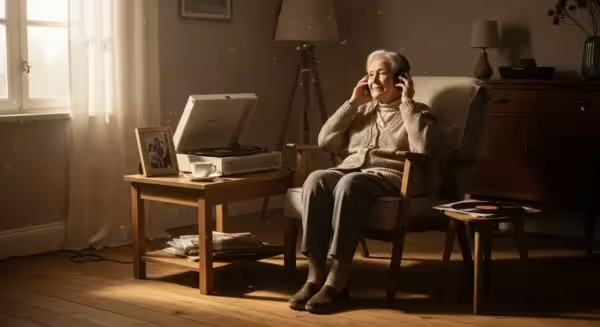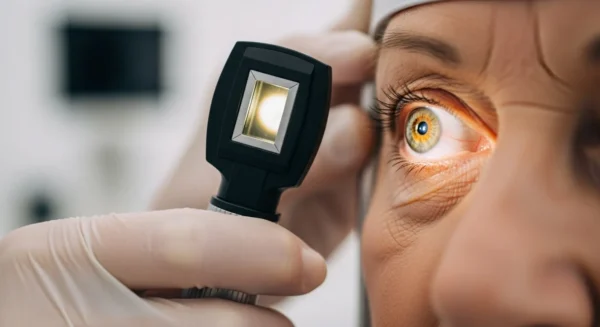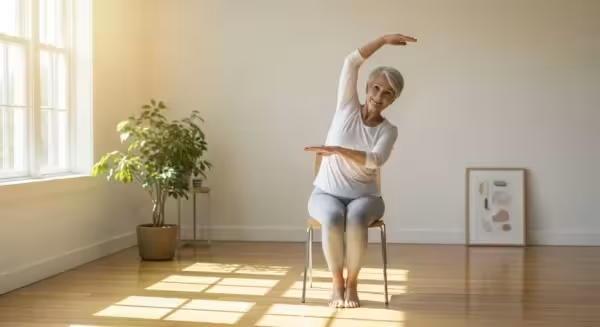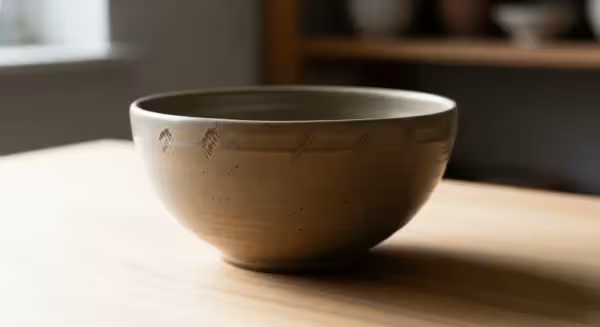
A Step-by-Step Guide to Improving Balance Safely
Improving your balance is a journey that involves a combination of targeted exercises, home safety awareness, and healthy lifestyle choices. The following steps are designed to be gentle and effective, allowing you to build stability at your own pace. The most important rule is to listen to your body and prioritize safety at all times.
Getting Started: Safety First
Before you begin any exercise, it’s vital to create a safe environment. First and foremost, talk to your doctor or a physical therapist. They can assess your current balance level, screen for underlying issues, and recommend exercises tailored to your abilities. Once you have their approval, prepare your space. Choose a well-lit, open area free of clutter. Remove any tripping hazards like area rugs, electrical cords, or low furniture. For most exercises, you should stand near a wall or have a sturdy, stable chair or countertop within arm’s reach for support. Never use a chair with wheels. Wear comfortable clothing that doesn’t restrict your movement and supportive, well-fitting shoes with non-slip soles. Avoid exercising in socks or slippers.
Beginner Balance Exercises You Can Do at Home
Here are a few simple exercises to get you started. Aim to do them a few times a week, focusing on good form and controlled movements. Remember to breathe steadily throughout each exercise.
1. Sit-to-Stand: This fundamental movement builds leg strength, which is essential for balance. Sit in the middle of a sturdy, armless chair with your feet flat on the floor, shoulder-width apart. Keeping your back straight and your chest up, cross your arms over your chest. Lean forward slightly and use your leg and core muscles to slowly rise to a full standing position. Then, slowly reverse the motion, controlling your descent as you sit back down. Avoid using your hands to push off your legs. Start with 5 repetitions and gradually work your way up to 10-12.
2. One-Leg Stand: This exercise directly challenges your stability. Stand behind a sturdy chair, holding onto the back for support. Shift your weight onto your left foot. Slowly lift your right foot a few inches off the floor, keeping your standing knee slightly bent. Try to hold this position for 10 seconds. Lower your foot and repeat on the other side. As you get stronger, you can increase the hold time to 30 seconds. For an added challenge, try holding on with only one hand, then just a fingertip, and eventually, try to let go completely—but always keep your hands hovering over the chair for safety.
3. Heel-to-Toe Walk: This exercise narrows your base of support, forcing your body to work harder to stay balanced. Stand next to a wall or countertop for support. Take a step forward by placing the heel of one foot directly in front of the toes of the other, as if walking on a tightrope. Your heel and toes should touch or be very close. Look forward, not down at your feet. Take 10-15 steps, then turn around and walk back. This is a great senior fitness exercise for improving dynamic balance—the kind you use when you are walking.
4. Side Leg Raise: This movement strengthens the hip muscles that are critical for stability. Stand behind a chair, holding on for support. Keeping your back straight and your toes pointing forward, slowly lift one leg out to the side. Raise it only as high as you can without leaning your torso. Hold for a few seconds, then slowly lower the leg back down with control. Perform 8-12 repetitions on one side, then switch to the other leg.
Creating a Safer Home Environment
Your surroundings play a massive role in fall prevention. A few simple adjustments can make your home significantly safer.
Lighting: Ensure all areas of your home, especially hallways, staircases, and bathrooms, are well-lit. Use nightlights to illuminate paths you might walk at night.
Floors: Remove clutter and keep walkways clear. Secure or remove throw rugs, which are a common tripping hazard. If you must have them, use double-sided tape or a non-slip backing to keep them firmly in place. Immediately clean up any spills.
Bathrooms: This is a high-risk area. Install grab bars inside and outside the shower and next to the toilet. Use non-slip mats in the bathtub and on the bathroom floor. A shower chair can also provide a stable place to sit while bathing.
Stairs: Make sure stairways have sturdy handrails on both sides. Ensure each step is in good repair and consider adding non-slip treads for extra grip.


